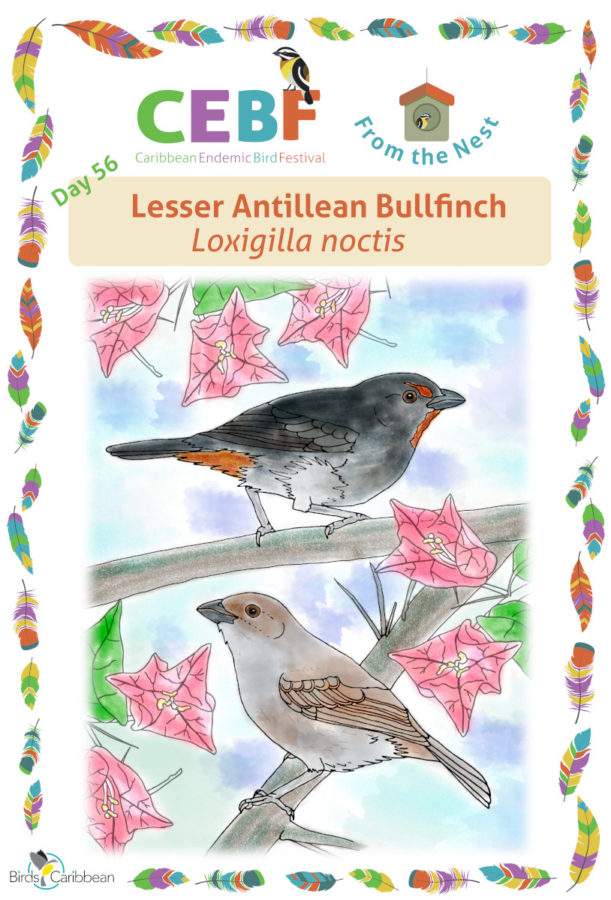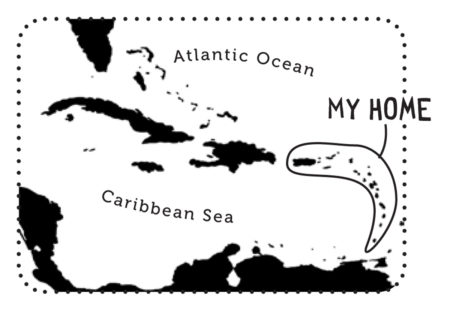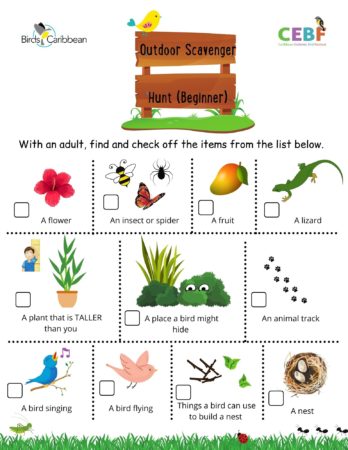Celebrate the Caribbean Endemic Bird Festival (CEBF) with us! Our theme in 2021 is “Sing, Fly, Soar—Like a Bird!” Have fun learning about a new endemic bird every day. We have colouring pages, puzzles, activities, and more. Download for free and enjoy nature with your family at home.
Endemic Bird of the Day: Lesser Antillean Bullfinch
The Lesser Antillean Bullfinch (Loxigilla noctis) is a resident and frequently spotted bird species of the Lesser Antilles (with the exception of the Grenadines). They are common in a wide variety of habitats at different elevations, however, they are no strangers to farm gardens, bird feeders, and populated towns. Bullfinches are omnivorous and eat a variety of foods, including fruits, seeds, nectar, flowers, and even arthropods. They generally forage high in the canopy, but occasionally come to the ground to feed. The species is also famous for stealing nuts and sugar from outdoor restaurants.
Bullfinches are sexually dimorphic, meaning that you can tell males and females apart. The adult male sports a sleek, all-black coat, red throat, and small red patch above the eyes, while the female is brownish-olive above and grey below with rust-tipped wings. There are 8 different subspecies among the Lesser Antilles Islands—some have red undertail coverts. When out of sight the birds can be identified by their distinct song which includes three to seven ‘wheet’ notes. Their characteristic call includes the thin, wiry ‘tseet’ and harsh ‘chuk.’
Lesser Antillean Bullfinches are known to breed throughout the year with a peak from February to August. During the breeding season, males perform courtship displays that highlight their red throat patches. Upon securing a mate, the male becomes territorial to guard the nest, a domed structure constructed with a side entrance. The female lay 2-4 bluish-white eggs with fine reddish spots at the wide end. The nesting period is relatively short, lasting for approximately two weeks.
Lesser Antillean Bullfinches seem to be thriving throughout the Lesser Antilles. Their populations are said to be stable and currently the birds are not faced with any particularly severe threats. However, because climate change is impacting our ecosystems (e.g., more severe droughts and storms) and loss of our natural habitats continues, this species should be continually monitored to ensure that its status remains as it is. Learn more about this species, including its range, photos, and calls here.
Colour in the Lesser Antillean Bullfinch
Download our West Indies Endemic Bird colouring page. Use the photos below as your guide, or you can look up pictures of the bird online or in a bird field guide if you have one. Share your coloured-in page with us by posting it online and tagging us @BirdsCaribbean #CEBFfromthenest
Listen to the song of the Lesser Antillean Bullfinch
The song of the Lesser Antillean Bullfinch is a thin, high-pitched, repeated “wheet-wheet-wheet“.
Puzzle of the Day
Click on the image below to do the puzzle. You can make the puzzle as easy or as hard as you like – for example, 6, 8, or 12 pieces for young children, all the way up to 1,024 pieces for those that are up for a challenge!
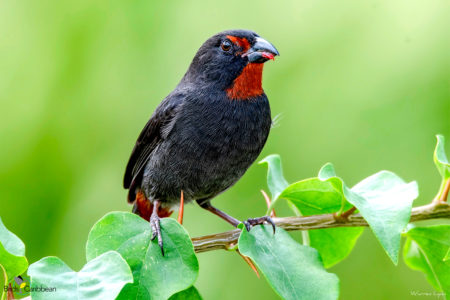
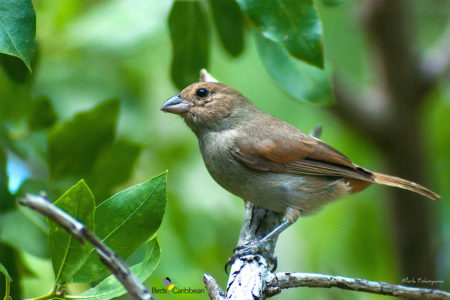
Activity of the Day
FOR KIDS: Use your observation skills and go on a Nature Scavenger Hunt! Print the cards on sturdy paper and use a clipboard or piece of cardboard as a writing surface outside. Younger children can do our ‘beginner’ hunt and older children can take on our more challenging hunt!
Talk about this with your kids and then go outside to investigate your habitat using the Habitat Scavenger Hunt cards. Instead of collecting the items on the list, this is an observation scavenger hunt. You can check off the items (with a pencil or pen), as they are located. When everyone has had a chance to look for the items listed, come back together to chat about where they were located. Were any difficult or impossible to find? Why do you think that was? For example, it might be impossible to find animal tracks when it is very dry, or perhaps birds are not nesting just now.
FOR KIDS AND ADULTS: Take a look at these videos of Lesser Antillean Bullfinches! The first shows a male bird singing. In the second you can see the brown female in feeding in the rain. The final video shows a young male Bullfinch perched in vegetation, before it flits away.

